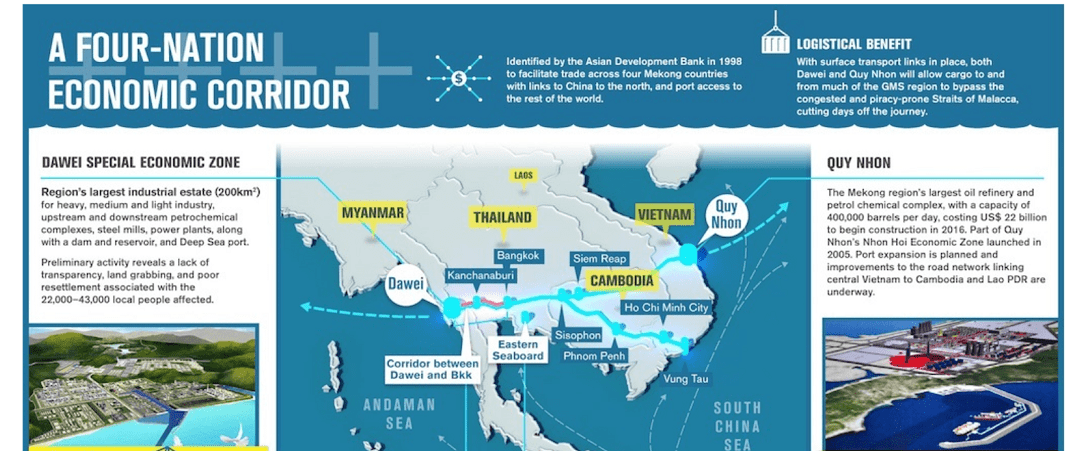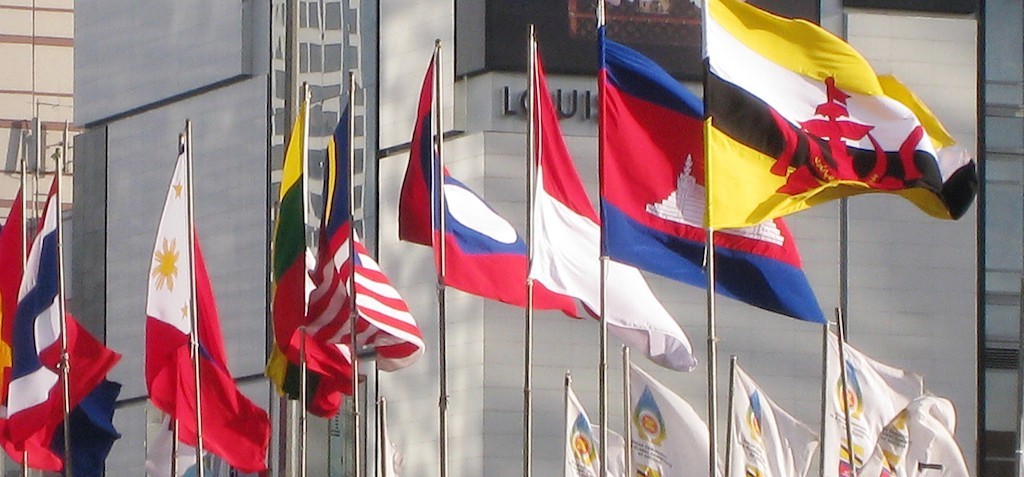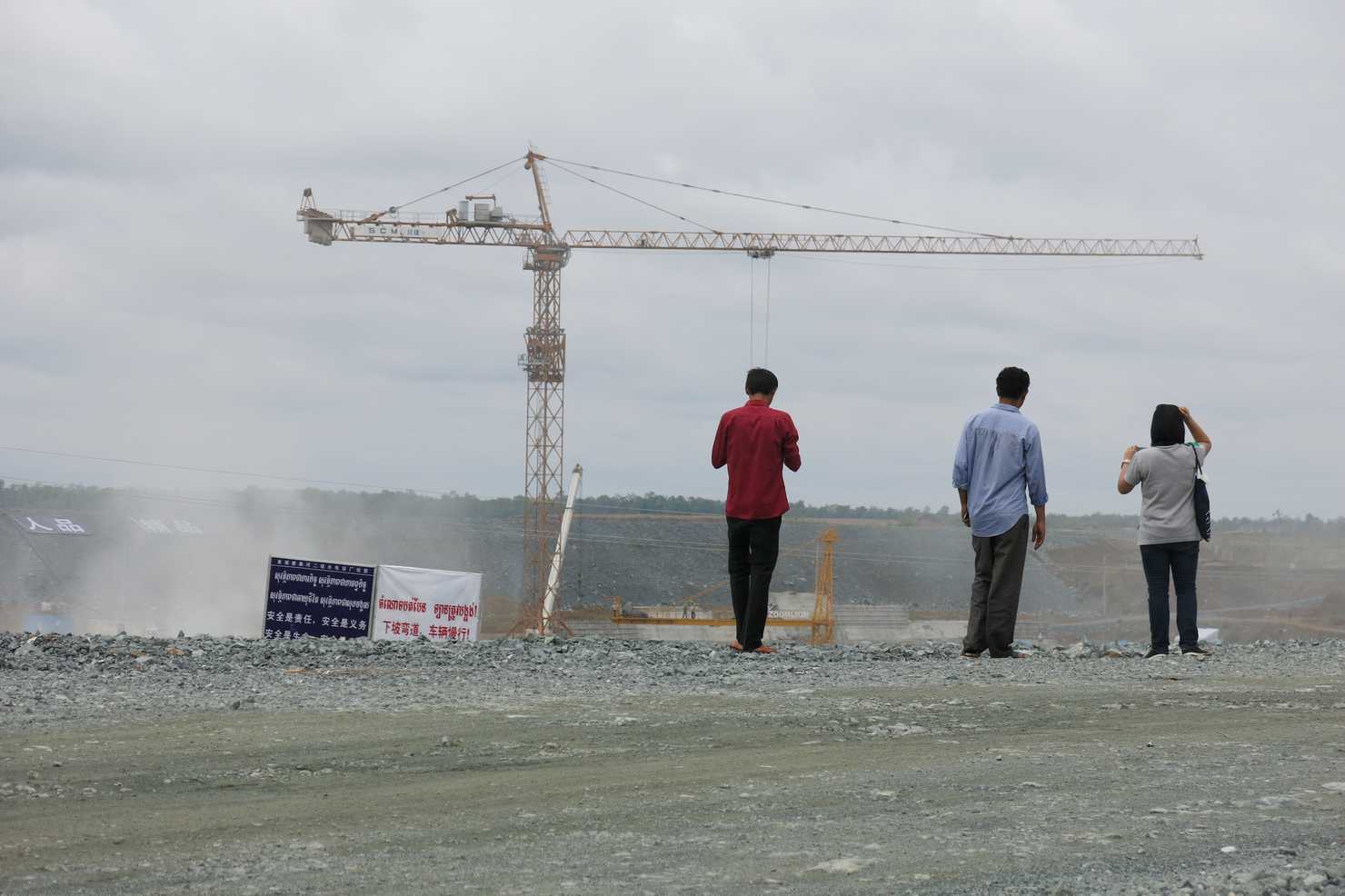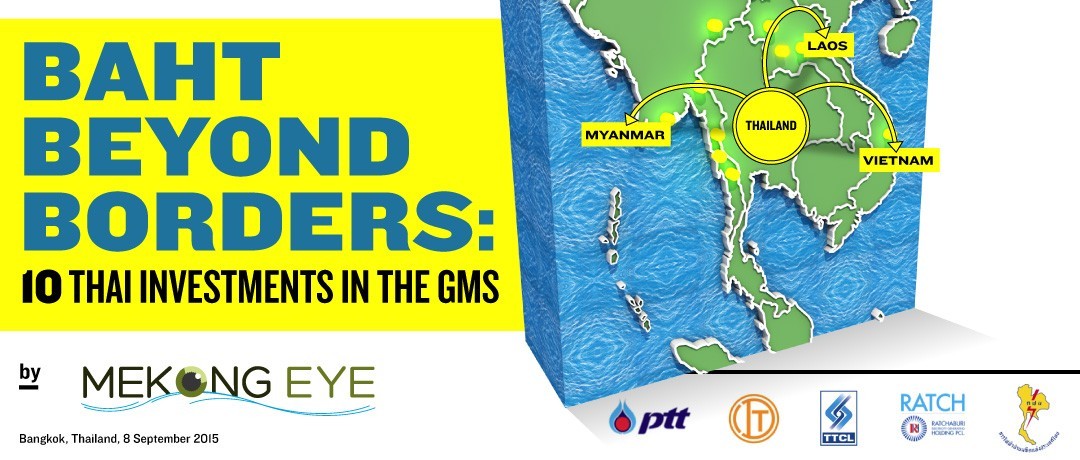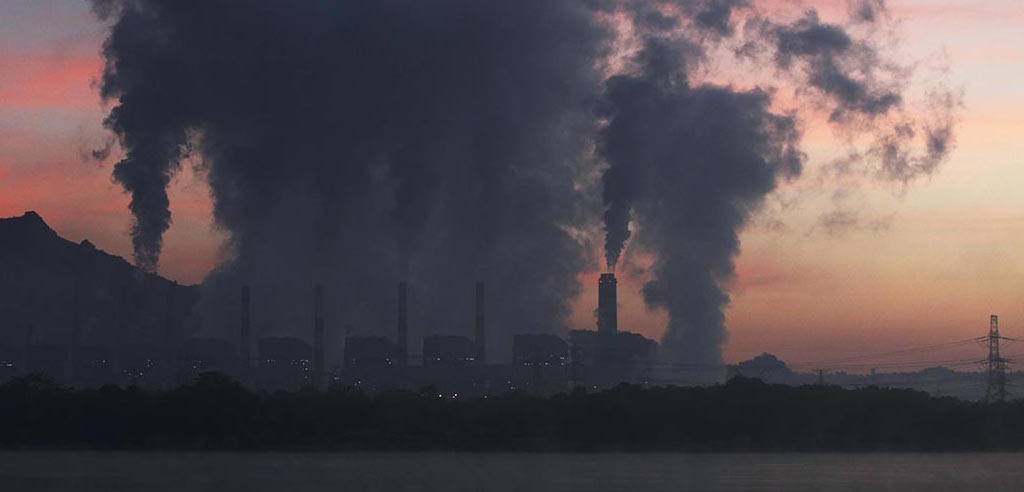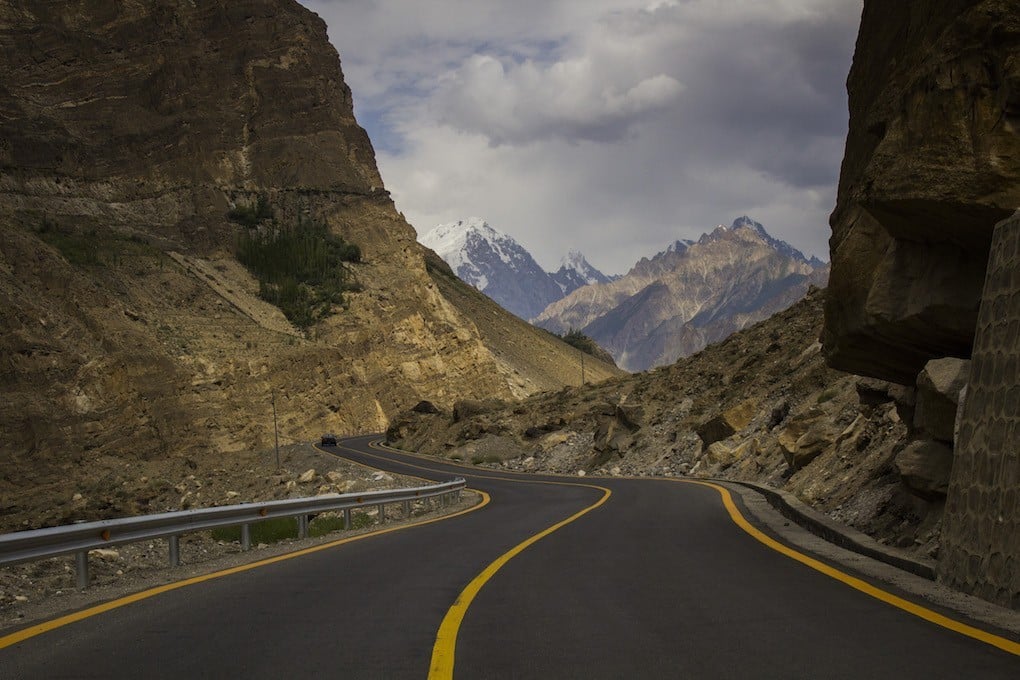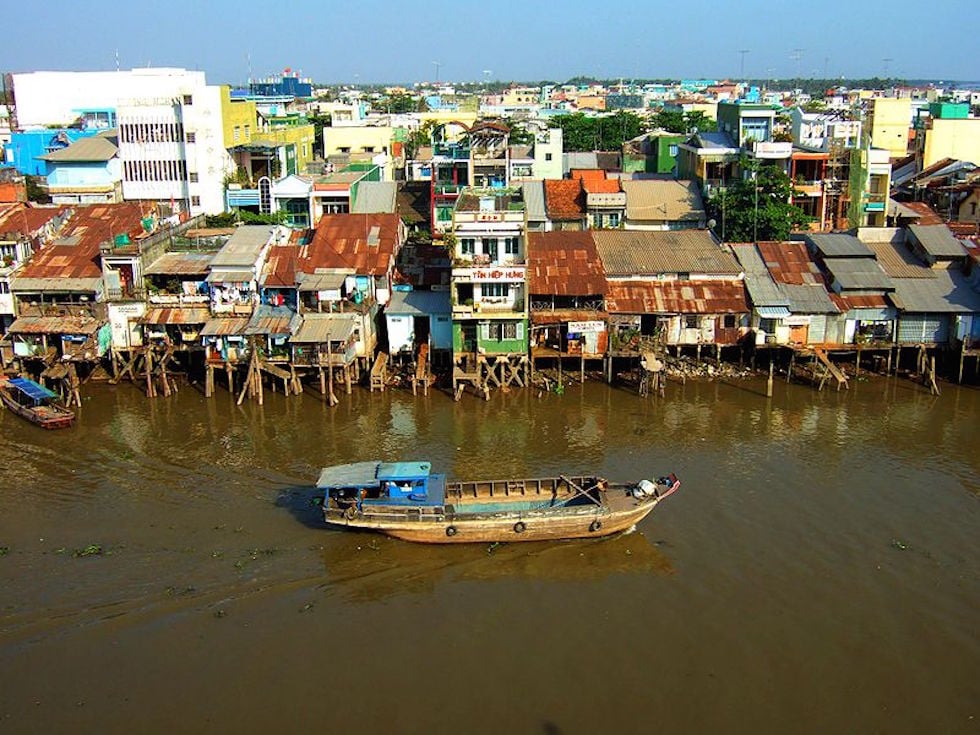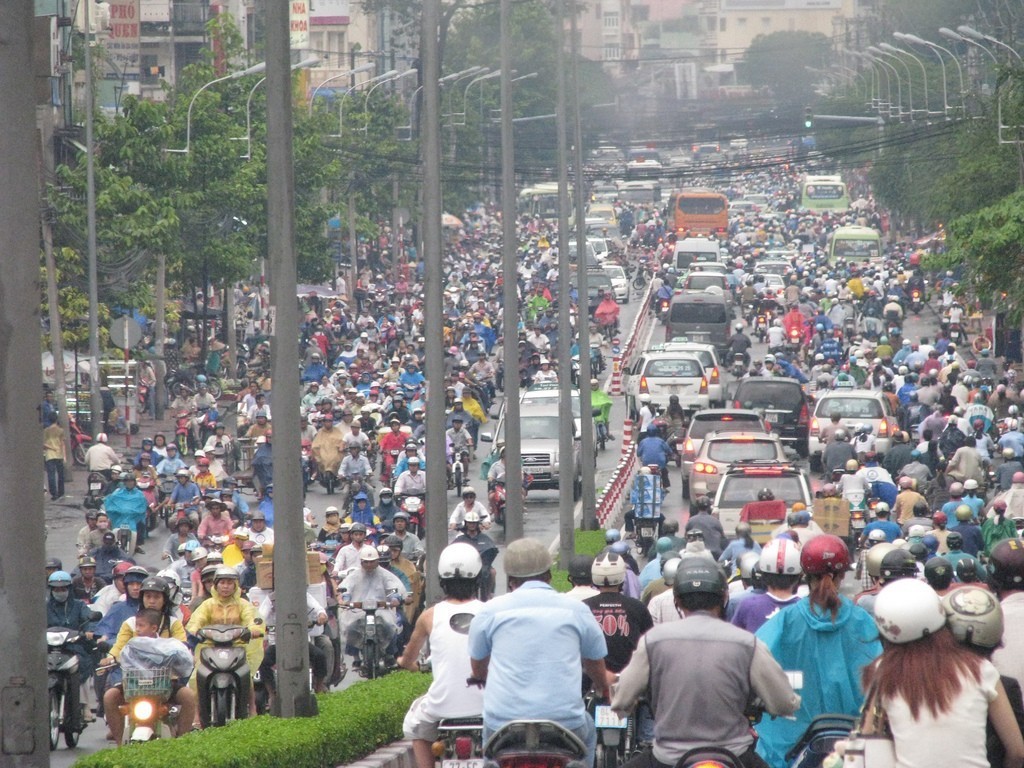Some 196 square kilometers along Myanmar’s west coast is slated for transformation into a deep sea port and industrial estate unrivaled anywhere else in the region.
Category: ASEAN
Prospects for Regional Cooperation on Environmental Impact Assessment in Mainland Southeast Asia
Pact inquired with ministries and other actors about the prospects for more effective environmental impact assessment (EIA) policy and practice and the role of multi-stakeholder cooperation at the regional level to improve EIAs in the five Lower Mekong countries (Cambodia, Lao PDR, Myanmar, Thailand and Vietnam). A team of country experts analyzed the relationships and interests involved in improving the state of EIA. Pact’s analysis indicates that there is strong support among government and non-governmental stakeholders alike for reform of national EIA procedures, increased public participation, and development of a regional EIA standard. Pact hopes this research encourages continued dialogue across boundaries and stakeholder groups in order to tackle the pressing development challenges facing the Mekong region.
Laos starts off as Asean chair with ministers’ retreat
Laos kicks off its Asean chairmanship Friday with an agenda-setting foreign ministers’ retreat in Vientiane, its capital on the east bank of the Mekong River.
Analysts say this year could be a coming of age for the “lower-middle income economy”, where poverty continues to be widespread, but which is one of the fastest-growing economies in the region.
Laos last chaired Asean in 2004. Its economy grew by an average of 7 per cent annually in recent years, mostly on the back of its natural resources, a construction boom in Vientiane and rising tourism.
ASEAN’s special role in managing energy decision: LS2 dam
Mekong countries’ chronic shortage of electricity which threatens to stymie economic growth, could be eased by pushing for acceleration of plans by the Association of Southeast Asian Nations (Asean) for a regional power grid. However, damming the Mekong River can causes widespread controversy in South East Asia. Lower Sesan 2 dam on Mekong river in Cambodia is a typical example.
Eye On: Baht Beyond Borders
With public opposition to major infrastructure projects a growing concern, and willing partners in neighboring countries eager to pick of the slack, Thailand’s industrialists are fanning out in all directions. Energy projects dominate the mix, including coal, gas and hydropower. As a result, it’s the Electricity Generating Authority of Thailand driving much of the activity.
World Bank safeguards review: “human rights-free zone”
The Bretton Woods Project As the third and final consultation phase on the second draft of the World Bank’s proposed new environmental and social framework (ESF), replacing the current safeguards, progresses, civil society organisations (CSOs), the UN and certain member states continue to demand that the Bank incorporates human rights in all its activities (see […]
Coal Power on the Rise: Mekong Region Digs In
While initiatives by the Asian Development Bank, ASEAN, United States, Japan, France and the private sector aim to advance renewable energy within the Greater Mekong Subregion (GMS), coal-fired power plants are slated to become an increasingly larger share of the region’s electricity generating portfolio.
China’s Belt and Road initiative ripe with possibilities
FOLLOWING THE launch of its ambitious Silk Road Economic Belt and 21st Century Maritime Silk Road (Belt and Road) initiative in a big way, China followed it up with last month’s official inauguration of the Asian Infrastructure Investment Bank (AIIB), which is now operational.
China drives water cooperation with Mekong countries
China is more closely involved in cross-border cooperation on hydropower and water management after the six countries that share the Mekong River signed a landmark agreement late last year.
While more needs to be done between these countries to resolve disputes and encourage transparency over dam building and shared water management, the agreement signals a greater willingness to discuss areas of discord that have soured relations in the region in the past.
During their meeting in in China’s southern province of Yunnan in November 2015, the foreign ministers of China, Myanmar, Laos, Thailand, Cambodia, and Vietnam launched the Lancang-Mekong Cooperation Mechanism (LMCM), an initiative pitched at the November 2014 Summit Meeting between China and the Association of Southeast Asian Nations (ASEAN) in Naypyidaw, Myanmar.
Mekong Region: Asia’s New Growth Center and Strategic Frontier
The Mekong countries of Cambodia, Laos, Myanmar, Thailand, and Vietnam are emerging to be not only the new growth center but also a new strategic frontier in Asia.
With a population of around 240 million and a combined GDP of $664 billion, the Mekong region has geopolitical significance and economic weight. It is located at the junction of the enormous emerging markets of Asia and their combined population of about 3.3 billion.
Myanmar’s landmark election and the likelihood of a peaceful and smooth power transition have drawn more international attention and interest to the Mekong region as a whole. Myanmar is expected to be a key regional actor and now possibly a catalyst of regional peace, democracy, and development.


